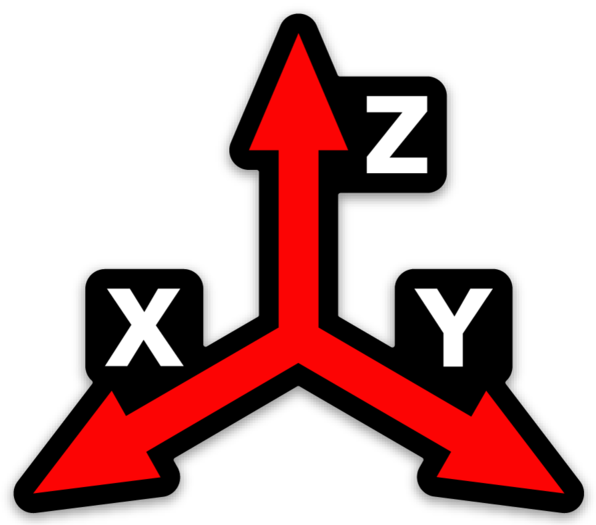The Hub Path
One of the most popular features from last season was the series on golf science terms—what they mean, how we use them and why they’re useful to know. I’ll be continuing the series once a month this season, starting with one of the baseline terms you can incorporate into your swing study immediately.
The hub path is defined as the path of travel your hands move on during your swing. Every player has a slightly different hub path, and the hub path you have is a good indicator of how efficiently you transfer the energy from your body into the club at the ball.
What makes the hub path so fascinating is how our understanding of it has evolved over the years. When instructors could only rely on the naked eye (or two-dimensional photographs or video), it seemed like the hands moved close enough to a circle that it could be described as a fixed size—like a ferris wheel spinning.
In the 1990’s, Dr. Steven Nesbit found that it was not circular—and this changing size to the curve was a literal fingerprint of a player’s swing. Not only that, but the research also proved that the hands reach the lowest point in the swing back when the club is last at parallel to the ground on the downswing. Then, they begin to move upward and in (away from the target line) while the clubhead moves down towards the ball. Since a generation of players had been taught to drive their hands at the ball through impact, this was a significant finding! When you understand what the hub path is and how yours moves, you can start to make huge improvements to your swing. Check out the 3 minute Hub Path video:
A fixed size circle
Dr. Nesbit’s
Hub Path Image








